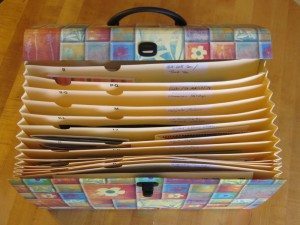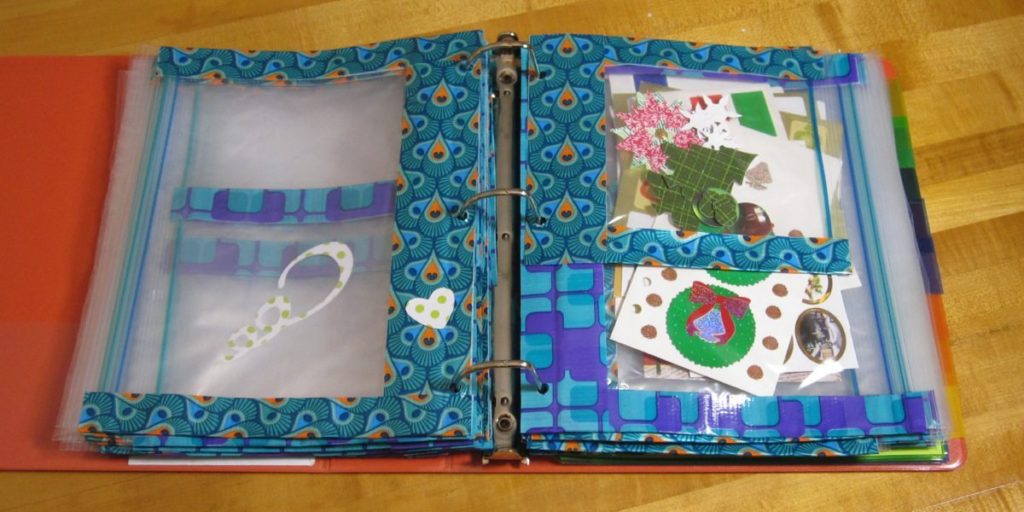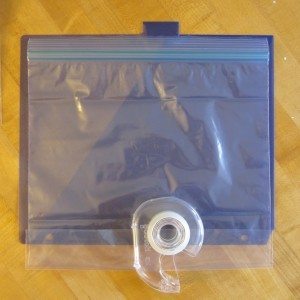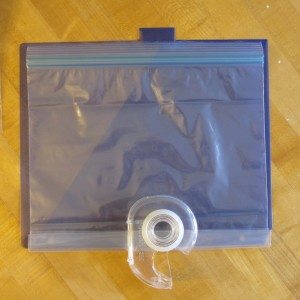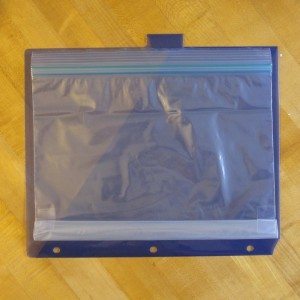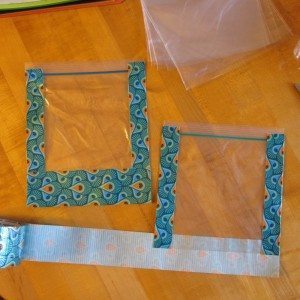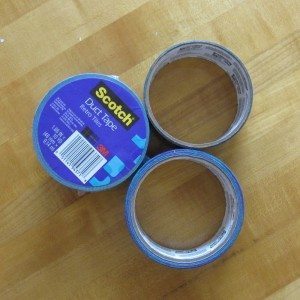I’d like to make a needlebook to keep my specialty needles, since right now they are insecurely occupying their original package. Needlebooks typically have wool felt pages, and I thought to make it particularly special I could make the felt and cut it into the pages. I found a straightforward tutorial on rosiepink, and I already had the materials.
It went fine, but definitely not as planned. I didn’t realize my bamboo sushi mat was comically tiny, and as it happened my netting wasn’t much better and I didn’t have a spray bottle to sacrifice to the cause like I thought I did. After I finished the first one I decided to try to make another, and be more tidy about it – the first one grew as I layered, giving it a large messy perimeter, and the middle layers of wool show through the outer ones quite a lot.
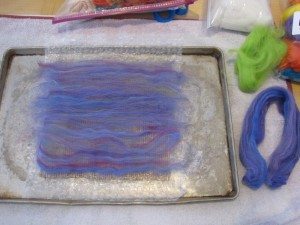
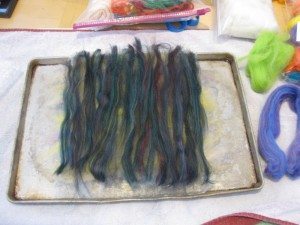
Tutorial modifications: I wanted to decorate the lower side, so I laid netting over the bubble wrap before starting to layer fleece, but in retrospect I’m not sure that was necessary. The netting is definitely desirable for the rubbing step, but you can always move it if you flip the piece (which I did, at least the second one). My needle felting stash has both smoother and coarser wool, so I sandwiched two layers of coarser wool between two layers of smoother wool. It seemed like a great use for some beautiful variegated fleece I’d been hanging on to – three of the sides use that. I only decorated one side of the first piece, with contrasting fleece at different angles, but I put strands of crewel wool on both sides of the second piece. They may need a bit of needle felting to fully stay put. Fortunately this felt won’t see rough handling.
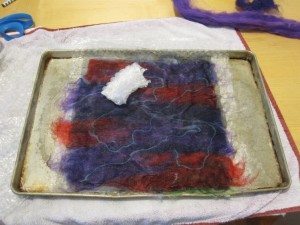
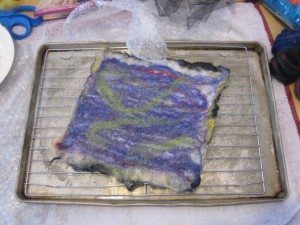
My whole sheaf was a lot larger than both the piece of netting and the bamboo mat, so while I did the rubbing with bubble wrap step (though I dipped it in soapy water rather than rubbing it on a bar of soap), after that I couldn’t make the original tutorial work for my setup. Instead, I laid the non-netted side of the wool against a piece of bubble wrap, laid both pieces of netting on top, rolled it up, and squeezed and turned it all along its length, with a hand motion similar to rolling up a sheet of gift wrap. I did make sure to rotate the felt 90 degrees occasionally and flip it at least once, and it worked! Here they are all nice and dry, after a touch of the iron while they were still wet. I know these pictures are somewhat small but you can click them into larger versions.
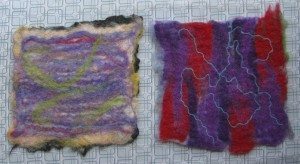
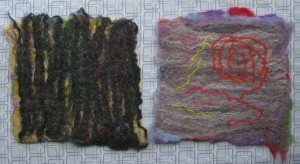
You can’t get the real effect, though, until you trim off the raggedy edges, so here’s that view:
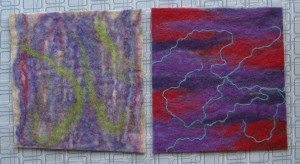
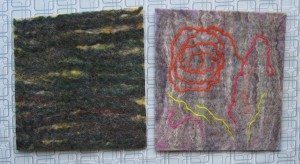
I got a little bit of dust from the dark green wool when I cut the edges off. Hopefully they are actually stable. I am not sure I have the necessary patience for hand-felting. Of course, I can always whipstitch the edges once I cut them down into squares, after I decide how large my needlebook will be. I plan to give it a fancy cover as well, so you’ll see this again.
